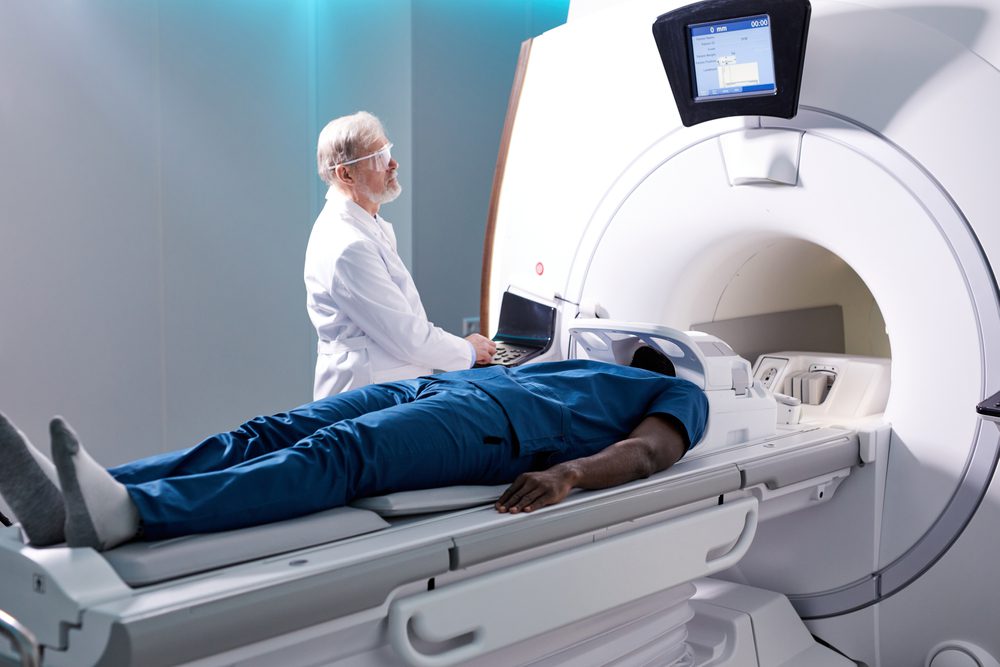
When it comes to medical imaging, two of the most common modalities are Magnetic Resonance Imaging (MRI) and Computed Tomography (CT) scans. Both techniques provide valuable insights for diagnosis and treatment planning, yet they differ significantly in how they operate and the type of information they provide. If you’ve ever wondered about the difference between an MRI and a CT scan, this article will clarify their unique features and their respective benefits.
Understanding the Basics
Before diving into the specifics, it’s crucial to understand what MRI and CT scans are. MRI uses a powerful magnetic field and radio waves to generate detailed images of the body’s organs and structures, particularly soft tissues. On the other hand, a CT scan uses X-rays to create cross-sectional images of the body, offering a detailed view of the bones, blood vessels, and soft tissues.
How They Operate
One of the main differences between an MRI and a CT scan lies in the technology used. MRI machines create a strong magnetic field around the body, and radio waves are sent to the area of interest. The signals that return are captured and converted into images by a computer.
CT scans, in contrast, involve an X-ray tube that rotates around the patient, capturing various angles which are then combined by a computer to create cross-sectional images or “slices” of the body.
Types of Information Provided
Both MRI and CT scans provide detailed images of the body but differ in the kind of information they provide best.
MRI is exceptional at imaging soft tissue details, making it ideal for diagnosing issues related to the brain, spinal cord, nerves, muscles, ligaments, and tendons. It’s also used for detecting tumors or other abnormalities.
CT scans are excellent for visualizing bone structures and diagnosing diseases like cancer, but they’re also used for detecting lung and chest issues, and for guiding certain procedures like surgery and radiation therapy. CT scans provide a quicker overview and are particularly useful in emergencies, where time is of the essence.
Time and Comfort Considerations
CT scans are generally faster than MRIs, often completed within a few minutes, whereas an MRI can take up to an hour. Patients with claustrophobia might find a CT scan more comfortable due to the shorter tube and quicker scan time.
Safety Aspects
Both MRI and CT scans are generally safe procedures. However, because MRI uses a strong magnetic field, it’s not suitable for people with certain implants like pacemakers or cochlear implants. CT scans involve exposure to a small amount of radiation, which is a consideration for pregnant women and children.
Great Lakes Imaging
In conclusion, the primary difference between an MRI and a CT scan lies in their underlying technology, the specific information they yield, and their distinct applications. Your healthcare provider will determine the most appropriate imaging method for you, based on your symptoms, medical history, and the specific diagnostic information required.
Great Lakes Imaging is a trusted partner for medical facilities, offering a wide array of new and used medical equipment, including vital nuclear and CT shielding solutions. These solutions are integral for maintaining the safety and efficacy of your imaging department.
At Great Lakes Imaging, we strive to support healthcare providers by furnishing them with high-quality equipment that optimizes patient care and improves diagnostic capabilities. Whether you’re looking to enhance the safety of your existing equipment or in search of efficient, cost-effective alternatives, our team is ready to assist.
To learn more about the difference between an MRI and a CT scan, our nuclear and CT shielding solutions, or our vast selection of new and used medical equipment, we invite you to contact us at Great Lakes Imaging. Our goal is to help you achieve the highest standards of patient care through superior medical equipment solutions.
